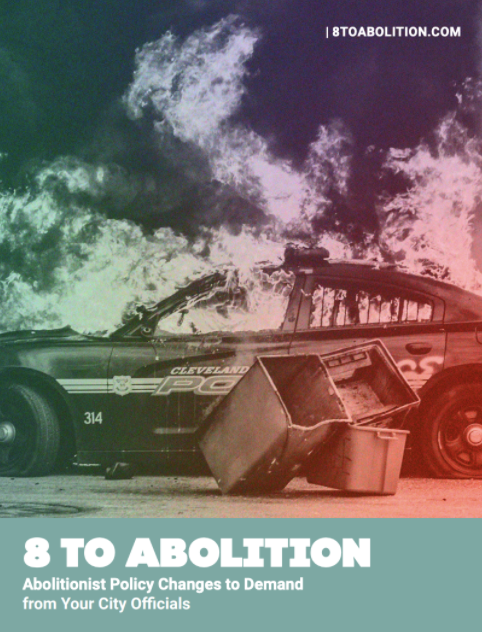The American policing system has been flawed and rooted in discrimination for centuries. From its inception during slavery to the present day, police forces have targeted, oppressed, and abused people of color —primarily Black people. Numerous reforms have been introduced to reduce police brutality, but to no avail. Defunding the police has proven successful in some cases, but has yet to result in a decrease of police violence. Racism and discrimination are so deeply entrenched in today’s system that the only option may be to abolish the police and begin anew with a modern framework. Police abolition would free up around $100 billion for reallocation into public services for communities while simultaneously dismantling the system detrimental to their success (Levin). Though it would take some time for these arrangements to be put into effect, it is a fundamental change that can result in safer, healthier communities.
Police abolition is a highly contentious topic, most commonly due to the issue accompanying it: What will be our alternative to police? While it is true that there is not yet a clear answer to this question, we must take into consideration the idea that we need not choose only one method. In the words of prison industrial complex abolitionist Rachel Herzing, “abolition rejects the idea that the various and multifaceted problems that create harm can all be addressed with a single set of remedies” (Cineas). Rather than just focusing on one concrete method with which to replace policing, we can utilize a variety of practices to create a safe, nonviolent solution. The second most popular question about abolition is how we would even begin to go about removing such a complex and widespread system. However, one abolition group already has a plan in place.
During the 2020 Black Lives Matter protests, ten individuals came together in order to create an abolitionist group known as 8 to Abolition. The aim of 8 to Abolition is to abolish the U.S. policing system using a comprehensive eight-step model. This plan represents the group’s ideas for the ways in which policing should be abolished and what laws should be implemented in their wake. 8 to Abolition is not a local group, but rather a “geographically dispersed, loose formation of abolitionists” of all different races, sexualities, genders, and professions (8toAbolition). According to the group’s website, their goals for abolition are to “defund the police, demilitarize communities, remove police from schools, free people from prisons and jails, repeal laws that criminalize survival, invest in community self-governance, provide safe housing for everyone, and invest in care, not cops” (8toAbolition). While all eight of these goals are important steps for abolition, the most important is to invest in community self-governance.
Currently, police are utilized too often in nonviolent situations, the majority of which they were never trained for. In the words of Brookings writer, Rashawn Ray, “Nine out of ten calls for service are nonviolent encounters…police at times contribute to the escalation of violent force” (Ray). Reallocating police funds into social services will allow marginalized groups to receive the help they need. Providing resources such as homeless shelters, mental health treatment, healthcare, housing, food, and quality education is essential to the success of communities and their residents (Purnell).
8 to Abolition’s detailed plans for police abolition are beginning to take hold as the group gains steam. While 8 To Abolition is aware that their goals cannot be accomplished overnight, they are hopeful for a safer future. As their mantra states, “We believe in a world where there are zero police murders because there are zero police. Abolition can’t wait” (8toAbolition). Presently, they are encouraging supporters of police abolition to join the movement as our dedication and power are the driving force toward an era of safer, healthier, police free communities.





